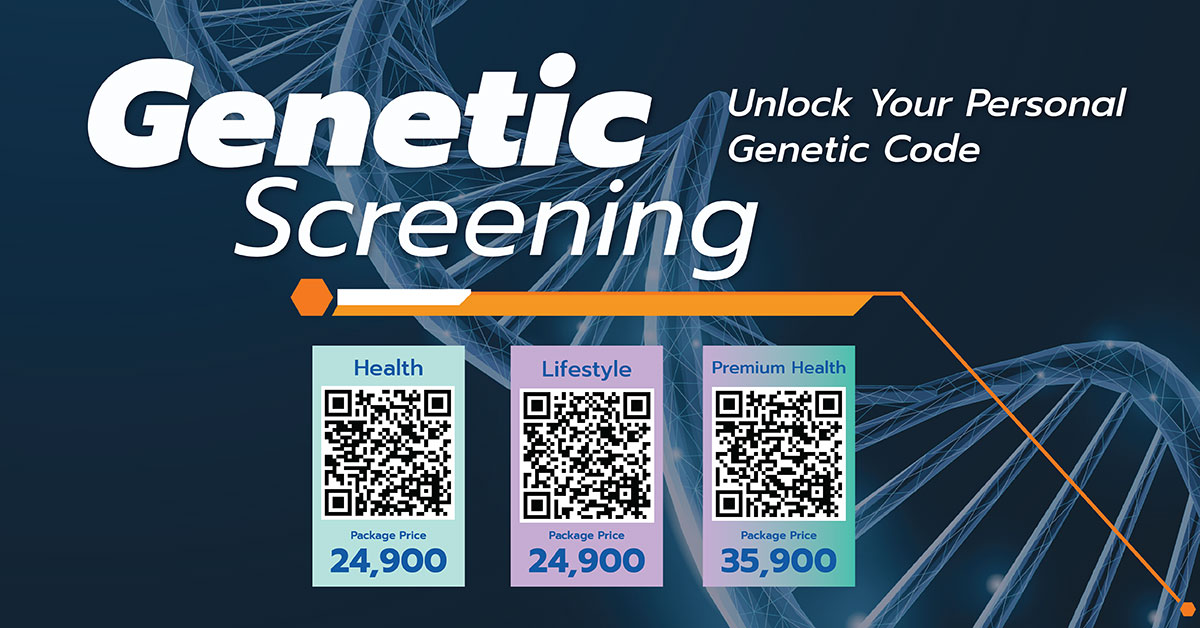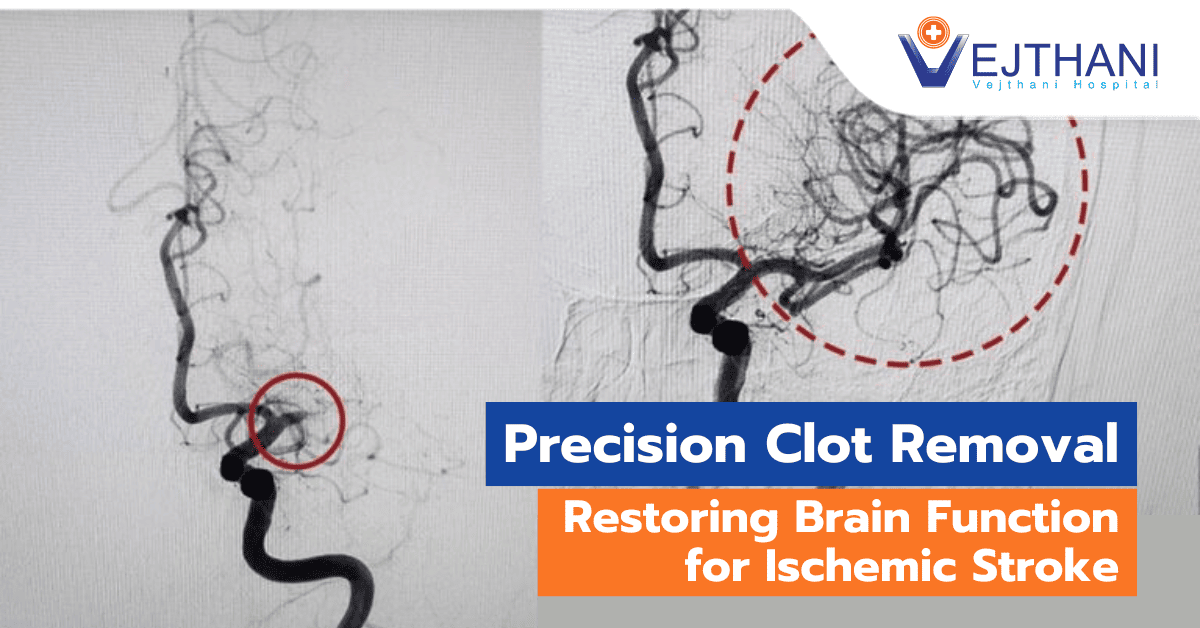
Renal Artery Stenosis
Diagnosis
When making the diagnosis of renal artery stenosis, your doctor could start by:
- An examination of your past medical records
- A physical examination in which your doctor listens for noises that could indicate a constricted renal artery over the kidney regions with a stethoscope.
- Tests on your kidney function, blood pressure, and hormone levels that control blood pressure can all be performed with blood and urine.
The following imaging studies are frequently used to diagnose renal artery stenosis:
- Doppler ultrasound. Your doctor can observe and examine your kidneys and arteries with the use of high-frequency sound waves. This treatment also aids in the diagnosis and assessment of blood vessel blockages by your physician.
- Computed Tomography (CT) scan. An X-ray machine connected to a computer produces a detailed image during a CT scan that displays cross-sectional views of the renal arteries. To demonstrate blood flow, you can be given an injection of dye.
- Magnetic Resonance Angiography (MRA). MRA creates precise three-dimensional (3D) pictures of the kidneys and renal arteries using radio waves and powerful magnetic fields. During imaging, blood vessels are outlined by an injection of dye into the arteries.
- Renal arteriography. This particular kind of X-ray examination aids in the diagnosis of renal artery blockage by your doctor, who may use a balloon or stent to open the restricted portion. Your doctor uses a long, thin tube called a catheter to inject a dye into the renal arteries prior to taking an X-ray in order to better define the arteries and demonstrate blood flow. The major reason for doing this test is to see if you could also require the placement of a small tube, or stent, in your blood vessel to enlarge it.
Treatment
Renal artery stenosis treatment options include medication, lifestyle modifications, and kidney blood flow restoration surgery. Sometimes the best course of action is to combine many treatments. Your general health and symptoms may determine whether you require any special therapy or not.
Lifestyle changes
A healthy lifestyle that includes eating healthy foods and maintaining a diet low in salt, and obtaining regular physical exercise might help regulate blood pressure if it is moderately or severely raised.
Medication
Even when the primary cause of high blood pressure is renal artery stenosis, medication is frequently an effective treatment. It may take some time and patience to find the proper drug, or combination of medications.
The following are some drugs that are frequently used to treat high blood pressure brought on by renal artery stenosis:
- Angiotensin-Converting Enzyme (ACE) inhibitors and Angiotensin II Receptor Blockers (ARBs), which aid in blood vessel relaxation and prevent the production of or the effects of angiotensin II, a bodily substance that naturally narrows blood vessels.
- Beta blockers and alpha-beta blockers, which, depending on the specific medication, may work by widening your blood vessels or by slowing down and reducing the force of your heartbeats.
- Calcium channel blockers, may aid in blood vessel relaxation.
- Diuretics, commonly referred to as “water pills,” which aid in the body’s removal of extra water and salt
In the event that renal artery stenosis is caused by atherosclerosis, your doctor might additionally suggest aspirin and a cholesterol-lowering drug. The right drugs for you will depend on your unique circumstances.
Procedures
Some individuals might be advised to undergo a procedure aimed at reinstating blood flow through the renal artery, thereby enhancing blood circulation to the kidney. Clinical trials comparing medication with renal angioplasty and stenting for patients with moderate renal artery stenosis found no significant difference between the two treatment approaches in terms of reducing blood pressure and improving renal function.
Individuals who do not respond effectively to medication alone, have heart failure resistant to treatment, experience frequent fluid retention, or cannot tolerate medication should consider undergoing the procedure to reopen the artery.
Renal artery stenosis can be treated with the following procedures:
- Renal angioplasty and stenting. During this surgery, a device called a stent is inserted into your blood vessel to hold its walls open and improve blood flow, while also widening the restricted renal artery.
- Renal artery bypass surgery. In order to create a new path for blood to get to your kidneys, physicians graft a replacement blood vessel to the renal artery during a bypass treatment. This may occasionally entail joining the renal artery to a vascular that originates in another organ, like the spleen or liver. These procedures are typically carried out in cases where angioplasty proves unsuccessful or when additional surgical procedures become necessary.























